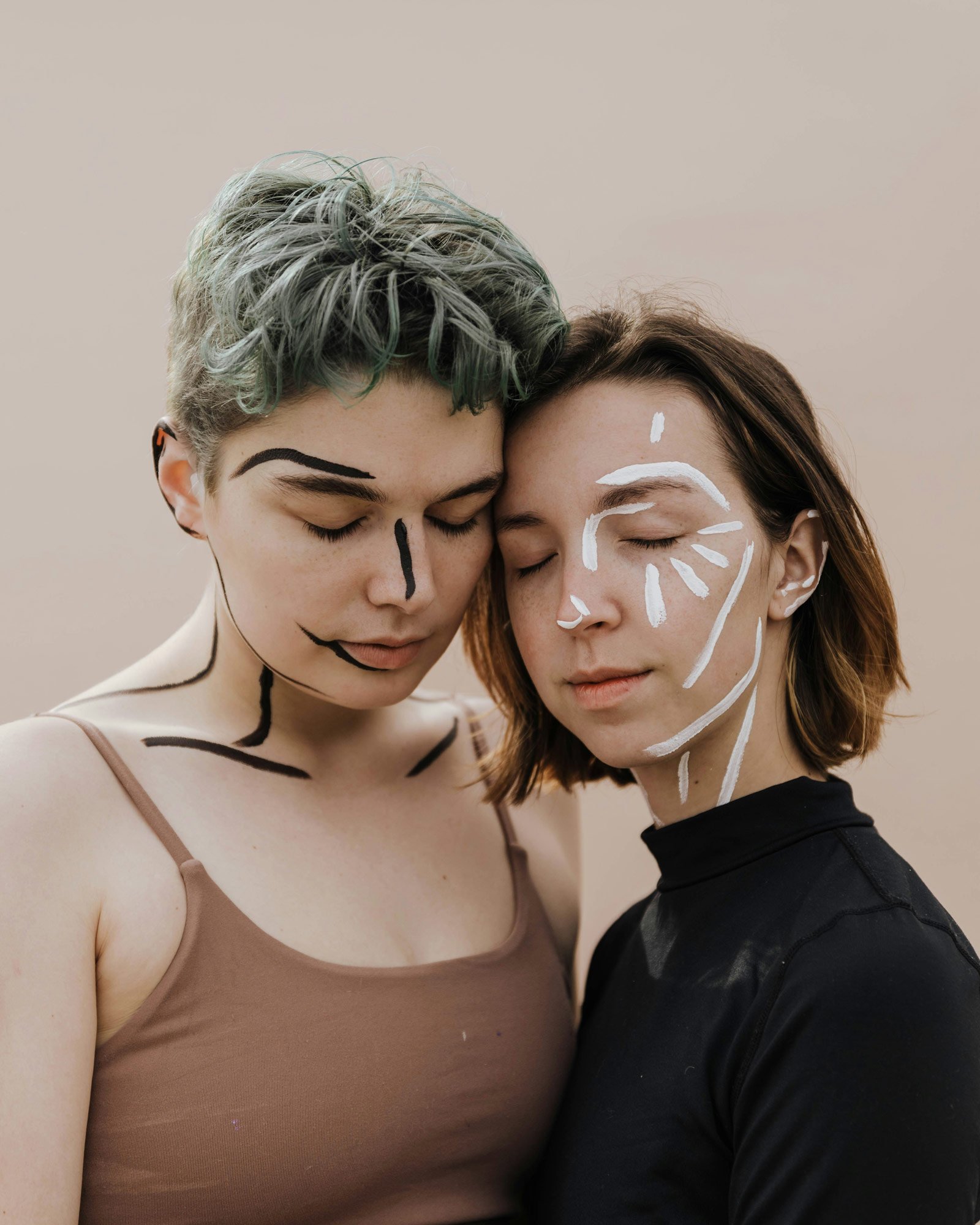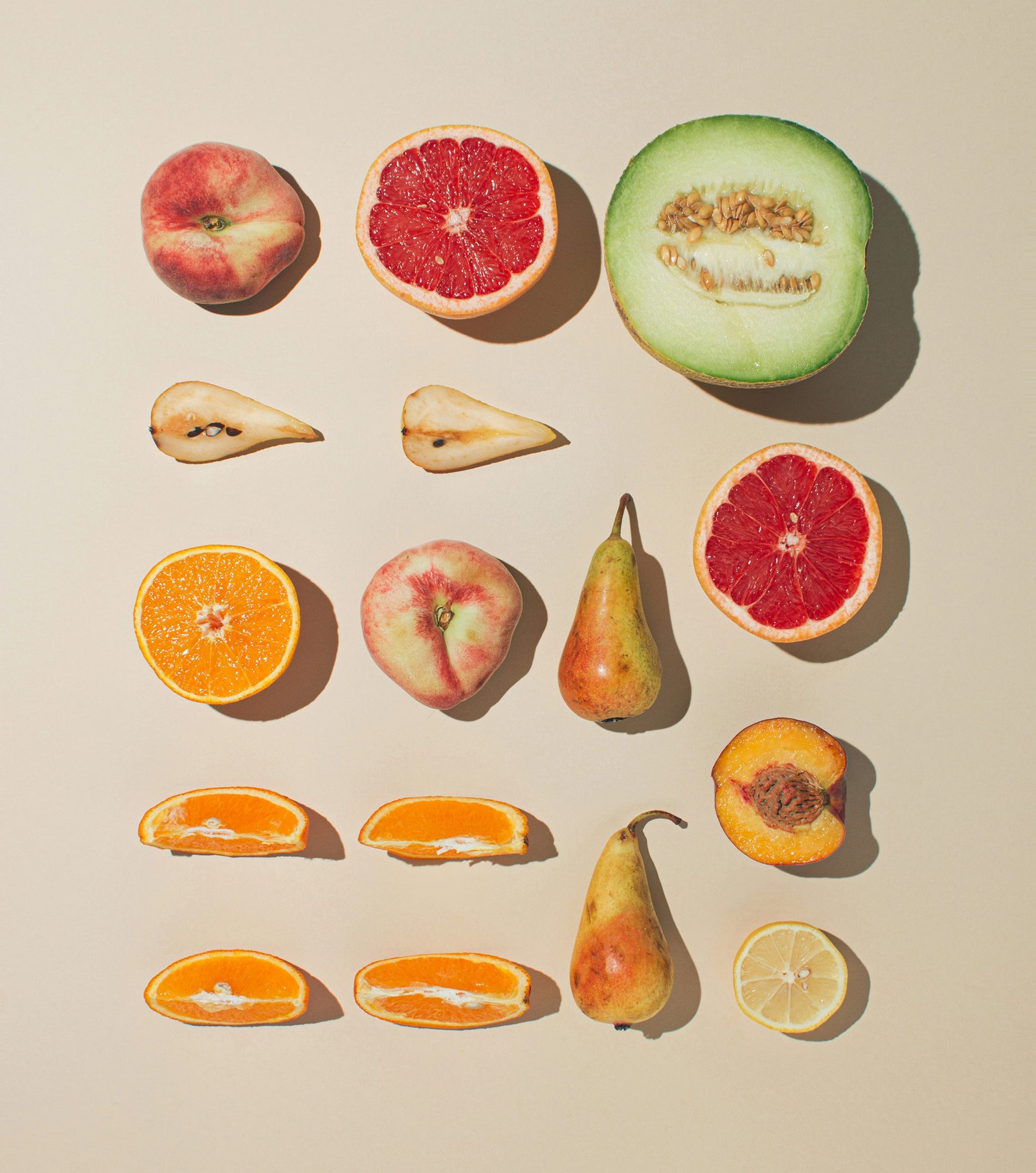Introduction
Dyadic Art Healing is a creative practice designed for pairs—such as friends, partners, family members, or colleagues—to explore and strengthen their connection through shared art-making. This approach focuses on co-creation, where two individuals work together to create a piece of art, fostering communication, empathy, and mutual understanding.
By combining creative expression with relational dynamics, dyadic art healing provides a safe space for self-reflection, stress relief, and interpersonal growth. This practice is accessible to people of all artistic skill levels and can be particularly transformative in enhancing relationships and promoting emotional well-being.

Benefits
Deepens Emotional Connections
Collaborative art-making helps participants express emotions and thoughts non-verbally, fostering a deeper understanding and empathy between pairs.Encourages Self-Discovery in a Relational Context
The process of co-creating highlights individual roles, preferences, and patterns within a relationship, offering valuable insights into one’s self and relational dynamics.Provides Shared Stress Relief
Creating art together offers a calming and constructive way to release tension, promoting a sense of shared relaxation and harmony.Builds Communication Skills
Dyadic art healing encourages open dialogue and compromise as pairs work toward a shared creative vision, strengthening verbal and non-verbal communication.Enhances Teamwork and Collaboration
This practice builds trust and cooperation, making it an excellent tool for colleagues or teams seeking to improve their working relationships.
Steps to Practice
Prepare Materials
Gather art supplies such as markers, paints, brushes, and a shared canvas or large piece of paper. Choose tools that both participants feel comfortable using.Set Intentions
Begin by discussing what each person hopes to explore or achieve during the session, whether it’s resolving tension, expressing appreciation, or simply enjoying the process.Create a Shared Artwork
Work together on a single piece, taking turns or simultaneously adding elements. Focus on the interplay of colors, shapes, and patterns to reflect your shared experience.Practice Active Observation
Take moments to step back and observe the artwork together. Discuss how each contribution interacts with and complements the other.Reflect and Share
Once the piece is complete, talk about the process—what it felt like to create together, what was challenging or rewarding, and what insights emerged.
What to Expect in a Session
Grounding and Connection
Sessions often begin with a short mindfulness exercise or breathing activity to help both participants center themselves and tune into their connection.Exploration of Materials
Facilitators guide pairs to explore the tools and decide how they want to approach their shared creation, emphasizing collaboration and mutual respect.Co-Creation Process
The art-making process encourages participants to engage with each other non-verbally, building trust and exploring the dynamics of giving and receiving within the relationship.Reflection and Sharing
Participants are invited to share their thoughts and feelings about the experience, deepening their understanding of both themselves and each other.Integration and Takeaways
Sessions conclude with a discussion on how the insights gained can be applied to strengthen the relationship or manage stress in daily life.
How This Approach Heals
Calmness
The rhythmic and collaborative nature of creating art helps participants enter a meditative state, reducing anxiety and promoting relaxation. The shared focus on a creative task allows both individuals to let go of external stressors and enjoy a moment of peace.
Relationship Building
Dyadic art healing fosters trust, empathy, and open communication by encouraging participants to navigate the complexities of co-creation. The process of working together on a shared piece often reveals new dimensions of the relationship, deepening emotional bonds.
Self-Knowledge
The choices made during the creative process—such as color, shapes, or themes—often reflect individual emotions and patterns. Observing how these interact within the shared artwork provides valuable insights into personal and relational dynamics.
Sociability
This practice enhances social confidence by creating opportunities for meaningful interaction. Participants learn to express themselves openly while respecting and engaging with the perspectives of others.
Stress Relief
The immersive and tactile process of art-making provides a therapeutic outlet for releasing tension. Sharing this experience with another person enhances the sense of comfort and mutual support, amplifying stress relief.
Work Productivity
By emphasizing teamwork, communication, and adaptability, dyadic art healing strengthens professional relationships and improves collaboration skills. The creative problem-solving inherent in co-creation also inspires innovative thinking in the workplace.
Long-Term Benefits
Stronger Relationships
Regular practice deepens trust, empathy, and communication, strengthening both personal and professional bonds.Sustained Stress Management
The calming and grounding effects of dyadic art healing contribute to lower stress levels over time, promoting overall emotional well-being.Enhanced Self-Awareness
The insights gained from observing one’s role in the creative process foster ongoing self-discovery and growth.Improved Teamwork
The skills developed through collaborative art-making—such as active listening, compromise, and adaptability—translate directly into more effective teamwork.Emotional Resilience
By providing a safe space for emotional expression and connection, dyadic art healing helps participants navigate challenges with greater emotional stability and confidence.
Explore More Methods

Culinary Art
Introduction Culinary Art Healing is a creative and healing practice that uses the art of cooking and food symbolism as

Aromahealing
Aroma meaning: A Bridge Between Scent and Inner Well-Being Aroma healing is one of the most ancient healing arts, with
